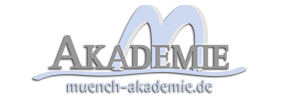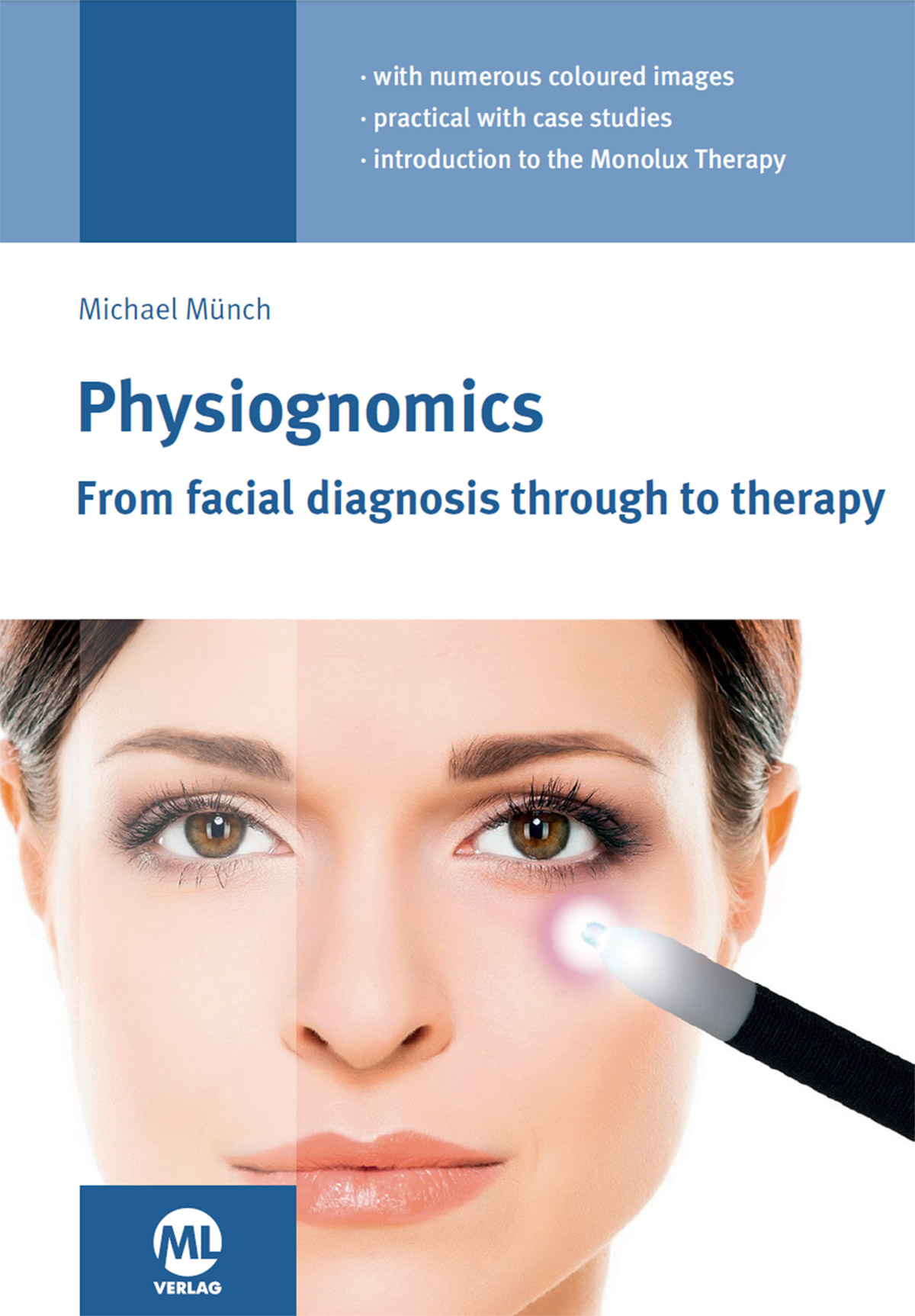€ 0,00
Physiognomics – From facial diagnosis to therapy (PDF)
Physiognomics is the study of form and expression. Psychophysiognomics takes into consideration the shape of the body and the face. It can also be called the “mirror of our personality.” Every organ has a distinct expressionzone in the face – that allows a suspected diagnose – Pathophysiognimics
€ 34,95 inkl. MwSt.
| Medium | |
|---|---|
| Seitenanzahl | 88 Seiten |
| Autor | Michael Münch |
| Verlag | ML |
| Auflage | 1. 2019 |
| Sprache | English |
Versandkostenfrei
Alle Preise inkl. Mehrwertsteuer zzgl. Versandkosten.
Abhängig von der Lieferadresse kann die Mehrwertsteuer an der Kasse variieren.
Physiognomics – From facial diagnosis to therapy (PDF)
E-Book – Physiognomics – From facial diagnosis to therapy
Introduction to Physiognomics
By “physiognomy” we mean observing, recognizing and interpreting what we see. Everything we see is defined by its form, colour, radiation and tension, whether it’s in nature, in architecture or in a person’s face and form. In this sense, abnormalities and organ disorders are clearly visible in the expression areas of the face. If we know their meaning, we can read them. Various teaching systems already exist, and one of my aims is to better connect these systems with each other, without violating their claim to originality. Psychophysiognomics combines well with pathophysiognomics.
Psychophysiognomik nach Huter
Psychophysiognomics is the study of form and expression. It takes into consideration the shape of the body and the face. It can also be called the “mirror of our personality.”
Carl Huter calls his doctrine a “practical understanding of human nature.” He describes how the body’s interior condition is demonstrated by its outer appearance. We evaluate this through keen and non-judgmental observation—intuitive seeing—that allows us to assess a person’s well-being, his or her strengths and weaknesses.
Natural forces shape our form and appearance. Whatever appears dominant in the face is also more influential. The nose, for example, says something about the strength of will, the chin about the assertiveness and the forehead reflects whatever spiritual matters a person might be dealing with.
Huter describes three basic elements that express a person’s primary needs: nutrition, sensation and movement. Every human being shares all of these, though one or two of them are often predominant. If they are in balance, Huter says they are in “harmony.” The base of his theory is the order of directions of power, which describes the physical forces and principles from which all forms derive.
Huter was born October 9, 1861 in Heinde near Hildesheim; he died December 4, 1912 in Dresden.
Pathophysiognomics as a System to provide a special form of suspected diagnosis goes back to its founder Natale Ferronato, living in Swizzerland, doing research for more than 60 years.

